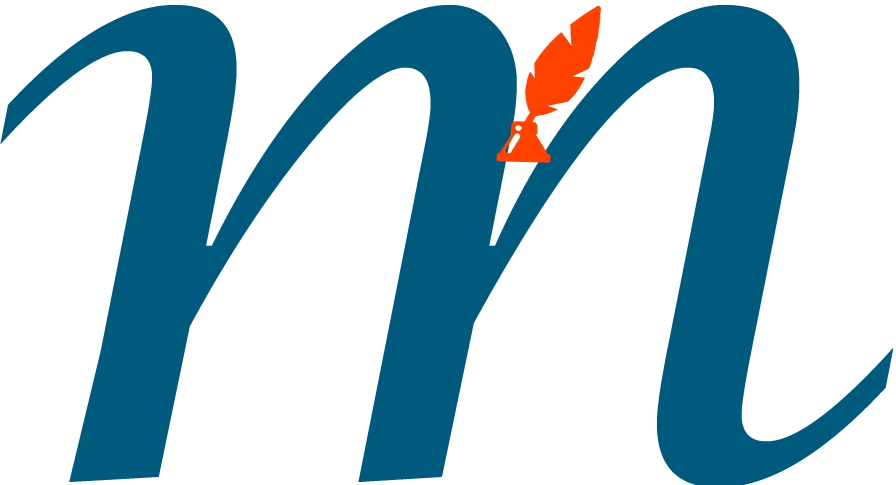The following practice test is the twenty-first one of the Life in the UK Test. This practice exam has 24 questions in total.
All the questions are set to help you learn about the UK and efficiently prepare for the real exam because passing the Life in the UK test is part of demonstrating that you are ready to become a permanent migrant to the UK.
Keep practising until and unless you are confident enough to write the actual Test and 100% correct with your answer to our practice tests. Good Luck!!!
Select the right answer to Life in the UK Test-21 by clicking one:
#1. When did British combat troops leave Iraq?
#2. Who introduced the Statute of Rhuddlan by which Wales annexed to the Crown of England in 1284?
#3. Bodnant Garden is in Wales, and Mount Stewart in_______.
*There are famous gardens to visit throughout the UK, including Kew Gardens, Sissinghurst and Hidcote in England, Crathes Castle and Inveraray Castle in Scotland, Bodnant Garden in Wales, and Mount Stewart in Northern Ireland.
#4. How many British citizens left the country between 1853 and 1913?
#5. In which city is the Welsh Assembly building, also known as Senedd, located?
#6. During the Elizabethan period I, English settlers began to colonise________.
#7. How many local authorities are there in London?
#8. Who used a system of land ownership known as feudalism?
#9. How many Russian and Polish Jews came to Britain to escape prosecution between 1870 and 1914?
#10. What architectural style became popular in the 19th century?
#11. The gardens ‘Crathes Castle’ and ‘Inveraray Castle’ are located in______.
#12. Which of the following gardens is located in England?
#13. The National Gallery, Tate Britain and Tate Modern are located in_________.
#14. Which of the following statements is TRUE?
#15. How many volunteers work for the National Trust?
#16. In the 15th century, Henry Tudor, the leader of the House of Lancaster, became_____.
#17. Who was Prime Minister of Britain from 1721 to 1742?
#18. Who was in charge of the British fleet at the Battle of Trafalgar?
#19. Elected members of the Scottish Parliament are known as_______.
#20. Which of the following is a criminal offence?
*Examples of criminal laws are:
- Carrying a weapon: it is a criminal offence to carry a weapon of any kind, even if it is for self-defence. This includes a gun, a knife or anything that is made or adapted to cause injury.
- Drugs: selling or buying drugs such as heroin, cocaine, ecstasy and cannabis is illegal in the UK.
- Racial crime: it is a criminal offence to cause harassment, alarm or distress to someone because of their religion or ethnic origin.
- Selling tobacco: it is illegal to sell tobacco products (for example, cigarettes, cigars, roll-up tobacco) to anyone under the age of 18.
- Smoking in public places: it is against the law to smoke tobacco products in nearly every enclosed public place in the UK. There are signs displayed to tell you where you cannot smoke.
- Buying alcohol: it is a criminal offence to sell alcohol to anyone who is under 18 or to buy alcohol for people who are under the age of 18. (There is one exception: people aged 16 or over can drink alcohol with a meal in a hotel or restaurant.
- Drinking in public: some places have alcohol-free zones where you cannot drink in public. The police can also confiscate alcohol or move young people on from public places. You can be fined or arrested.



